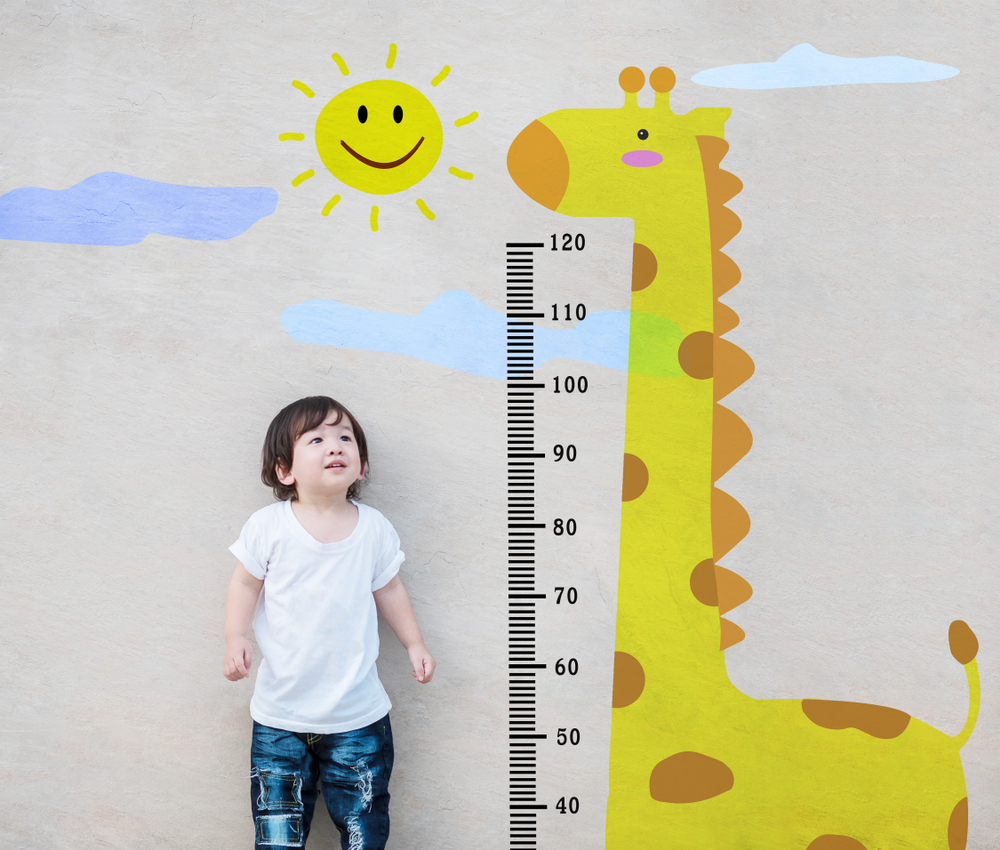Comparing lengths Measurement Worksheets for Ages 3-7
14 filtered results
-
From - To
Discover a delightful way to teach young learners the concept of comparing lengths with our engaging measurement worksheets for ages 3-7. Packed with colorful illustrations and fun activities, these worksheets help children understand measurement through interactive comparisons of various objects. Perfect for preschool and early elementary levels, our resources support foundational math skills development, including critical thinking and spatial awareness. Easily downloadable and printable, our comparing lengths worksheets are designed to captivate young minds and make learning a joyous experience both at home and in the classroom. Help your child grow and excel in math with Kids Academy!
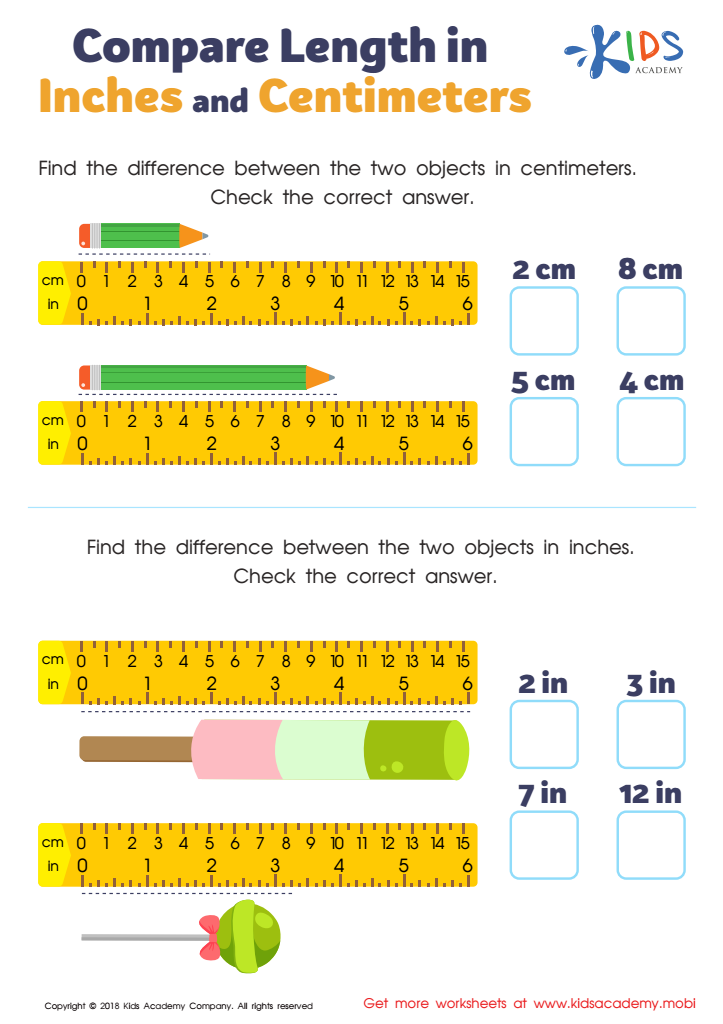

Compare Length in Inches and Centimeters Worksheet
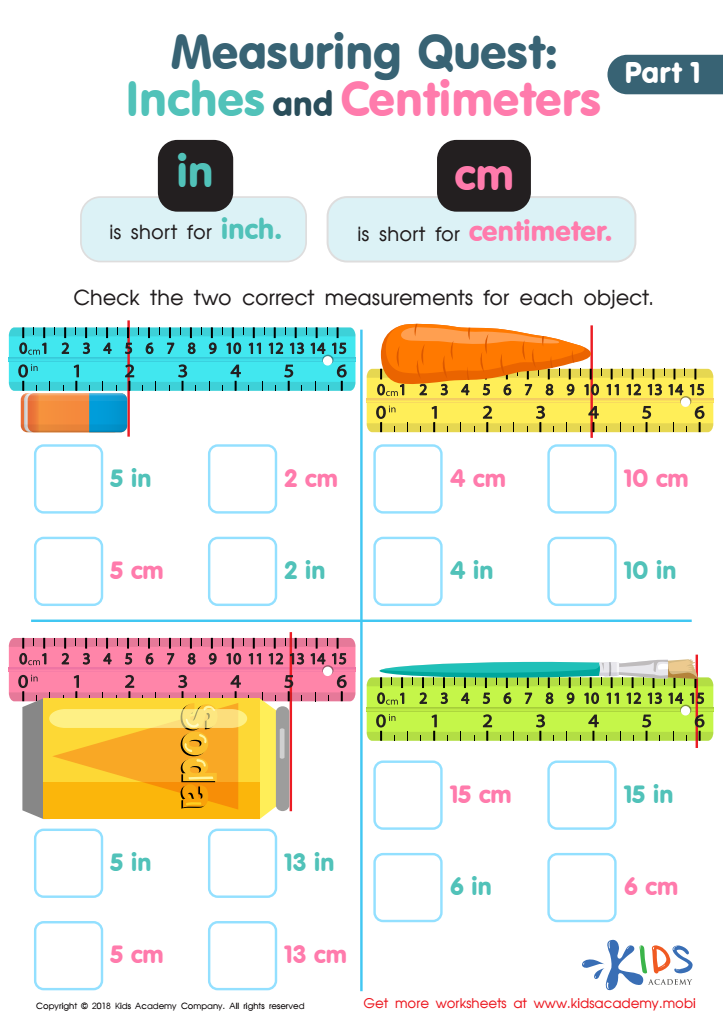

Measuring Quest: Inches and Centimeters Worksheet
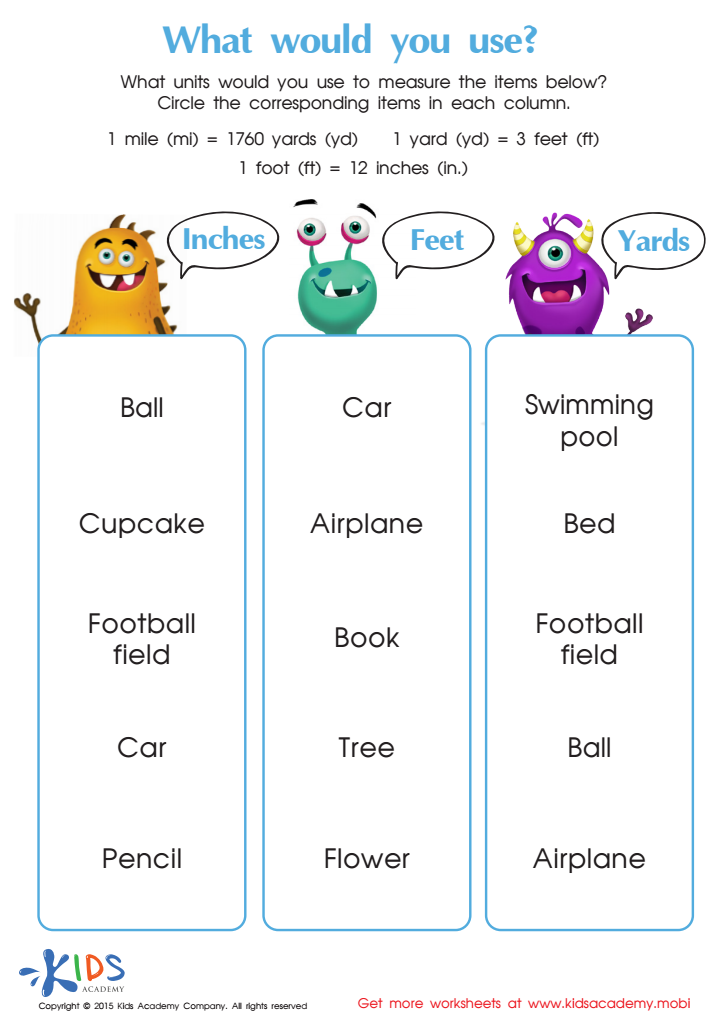

Learning about measuring objects in inches, feet and yards Worksheet
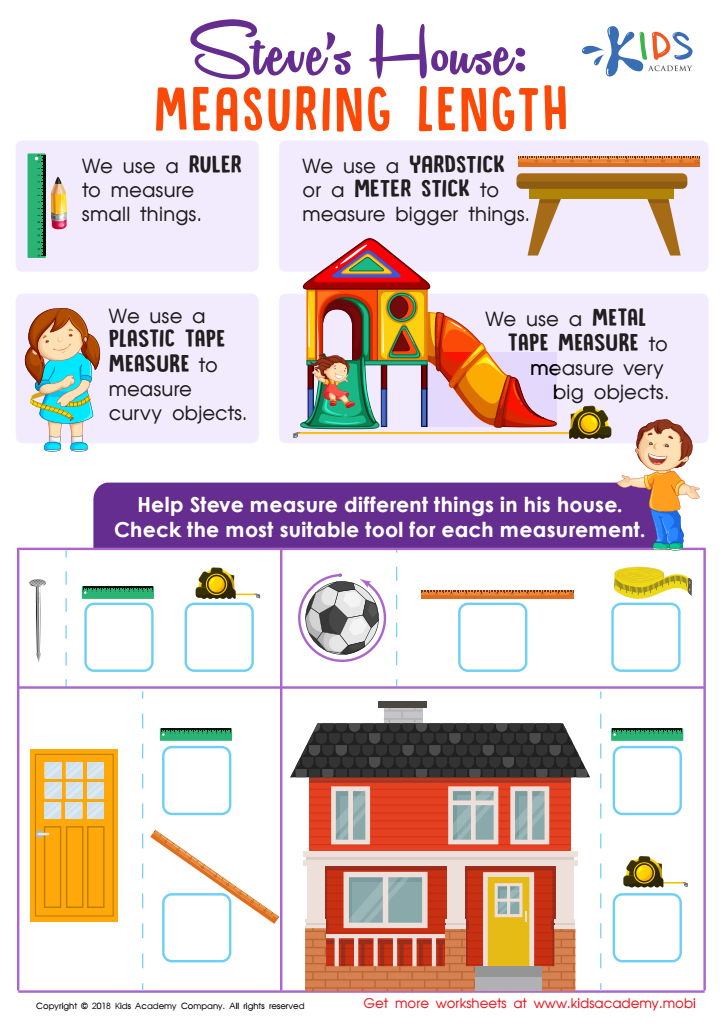

Steve's House: Measuring Length Worksheet


Lets Measure Length Worksheet


Length Word Problems Worksheet
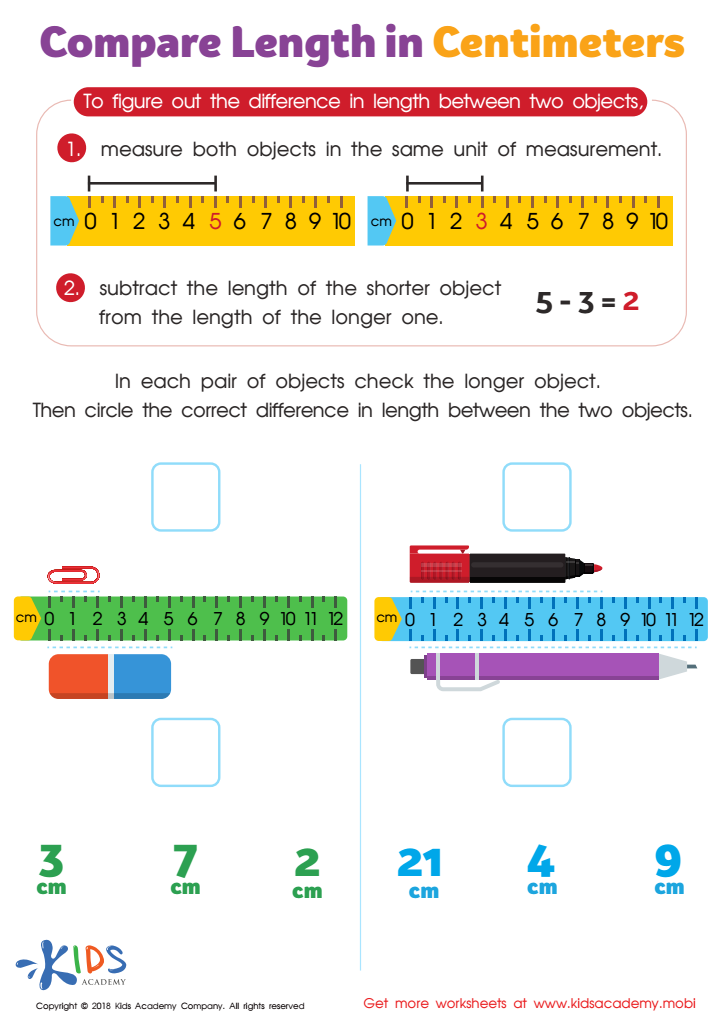

Compare Length in Centimeters Worksheet
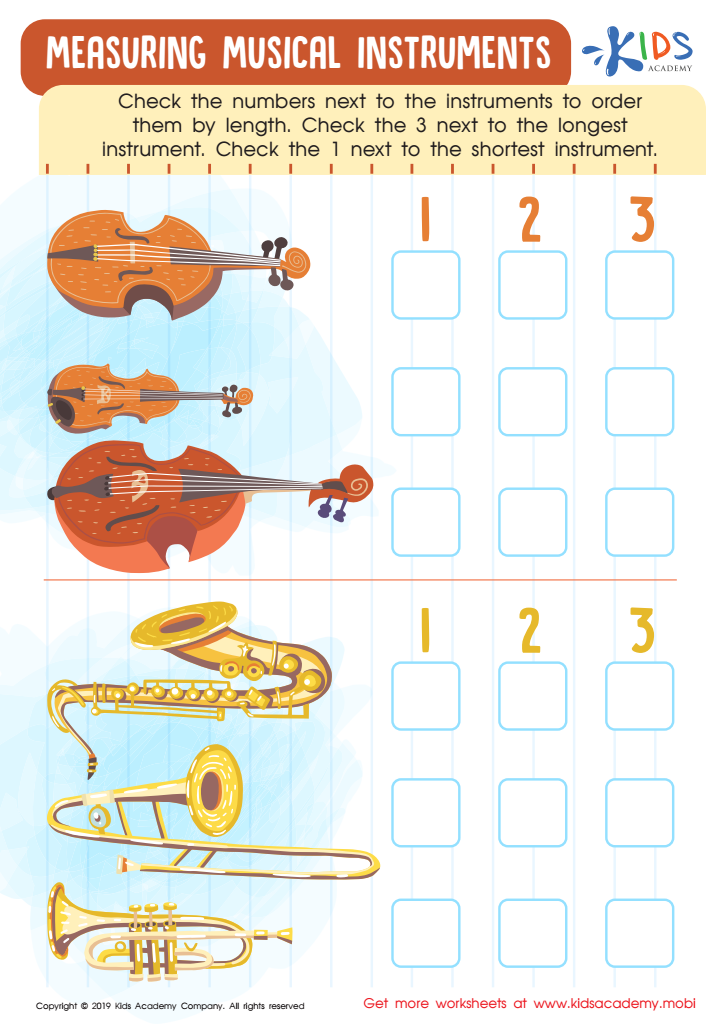

Measuring Musical Instruments Worksheet
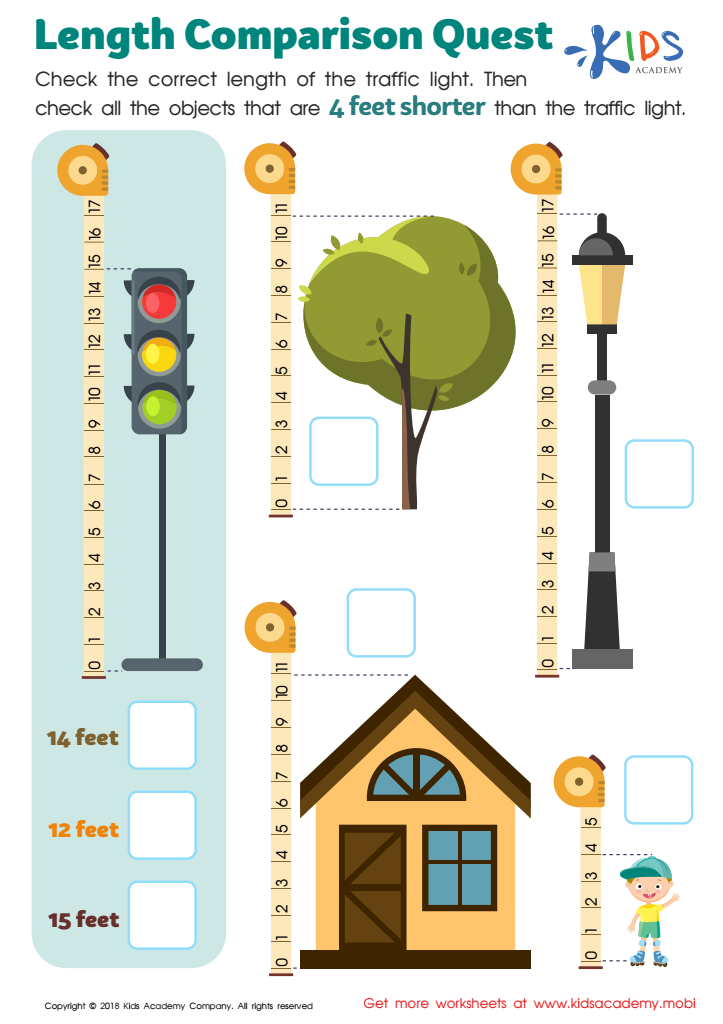

Length Comparison Quest Worksheet
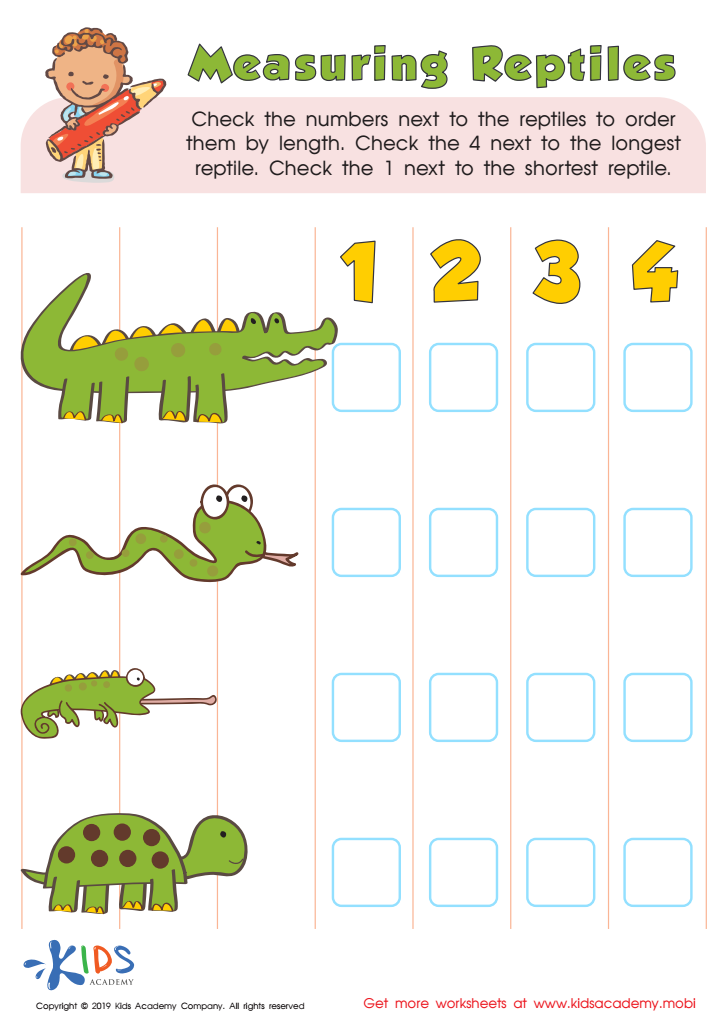

Measuring Reptiles Worksheet
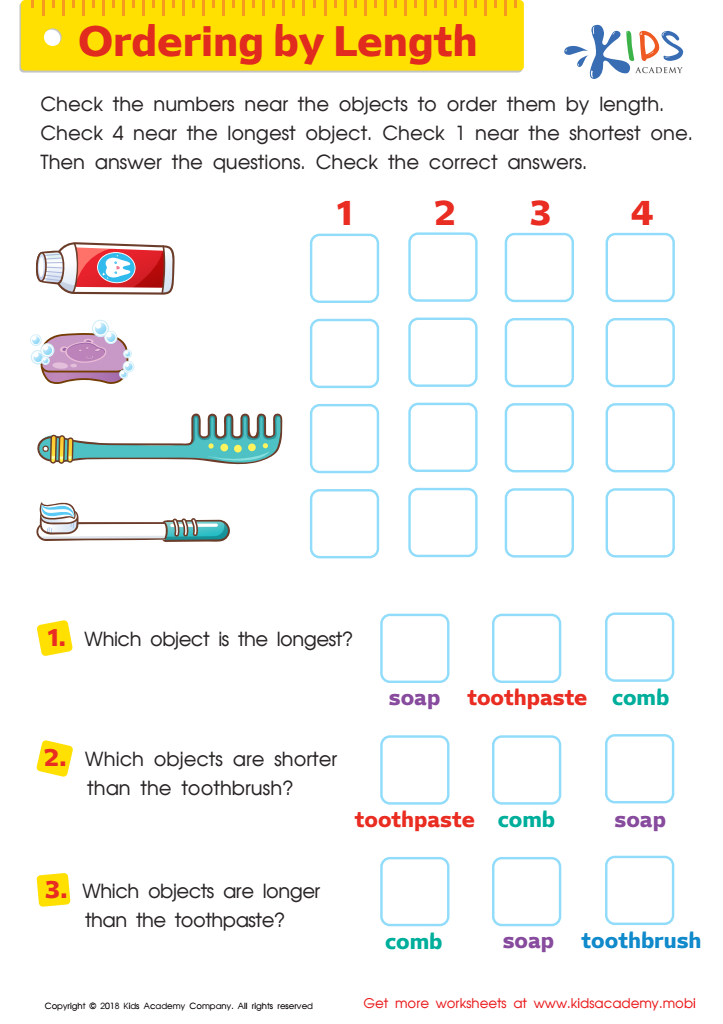

Ordering by Length Worksheet


Measuring with Blocks Worksheet


Let's Measure Animals! Worksheet
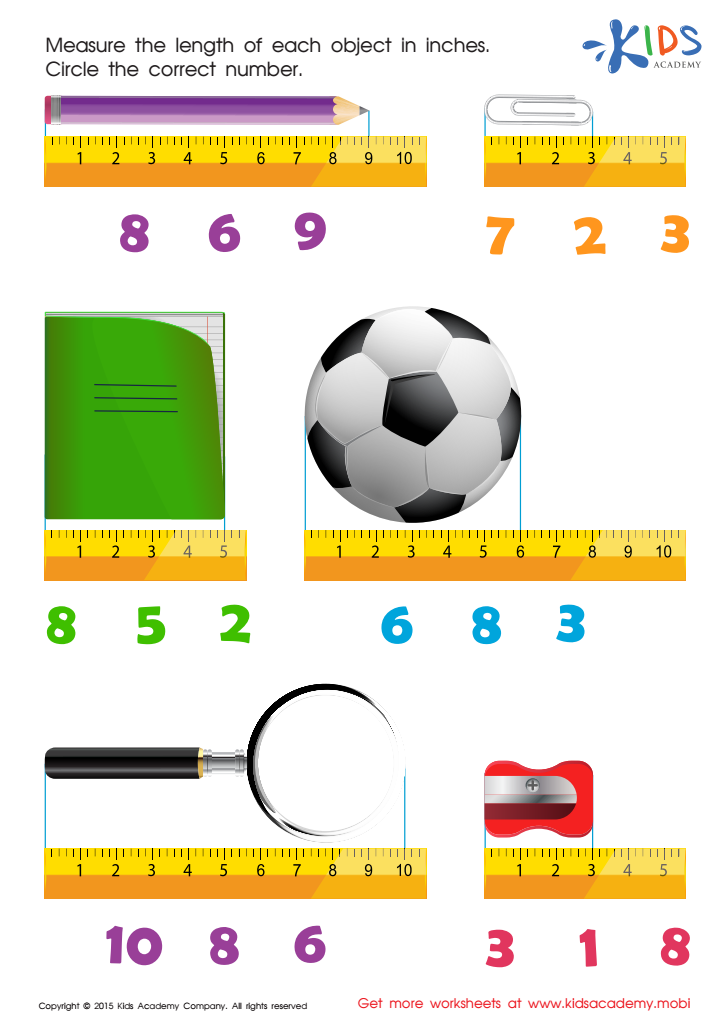

Learning measuring objects in inches Worksheet
Understanding the concept of comparing lengths and measurements is fundamental for young children aged 3-7 as it builds a strong foundation for their future mathematical and scientific learning. At this developmental stage, children are naturally curious and start to notice differences and similarities in their environment. Comparing lengths helps them develop critical thinking and problem-solving skills by engaging with tangible, hands-on activities.
Parents and teachers should value this aspect of learning because it extends beyond the realm of mathematics and into everyday life. Knowing how to compare lengths aids children in everyday tasks, such as understanding heights, distances, and sizes. For instance, they learn practical skills like determining the taller object or arranging items from shortest to longest, enhancing their spatial awareness and cognitive development.
Moreover, incorporating these concepts through interactive and engaging activities fosters a positive attitude towards learning. It encourages children to explore and ask questions, nurturing a growth mindset. As they progress, a solid understanding of measurement can lead to more complex concepts in later years, such as area, volume, and geometry.
Therefore, emphasizing the importance of comparing lengths and measurements sets a foundation for lifelong learning and equips children with essential skills that transcend academic boundaries, contributing to their overall development and competence in various real-life situations.
 Assign to My Students
Assign to My Students





